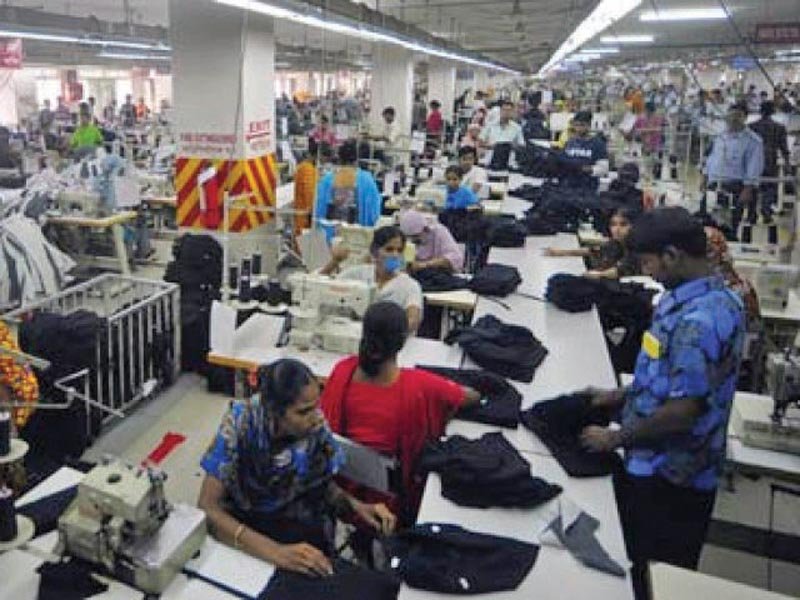
My work took me from Karachi to Dhaka, every month for nine years. During these years, I watched my Bangladeshi clients post a nine-fold growth, build new manufacturing units, buy out smaller units or add more buildings to their existing facilities. At the same time, I also saw most of my Pakistani customers contract and shut down.
The dichotomy of growth trajectories taken by the garment industry in both countries, tragic as it is for us, must be well understood.
Out of the 25 largest factories operating in Pakistan in 2001, less than seven remain in business today. Sadly, my customer list reads more like an obituary. In most cases, the owners were seasoned, hard-working and honourable business leaders, no better or worse than their Bangladeshi counterparts.
The latter reached $27.1 billion of garment exports last year, from a lowly $3 billion in 2001. We went down from $3 billion to $1.8 billion. Our failure to stem the tide of militancy emerges as the single most decisive reason.
Sampling
Unlike other export industries, this industry thrives on close interactions with western designers. The former creates sketches but lacks manufacturing facilities to convert them into garments.
The latter can’t design products that appeal to western sensibilities, but they do command manufacturing resources that can quickly turn paper designs into products – a process called sampling within the industry parlance, usually done for free by the factory.
Each design must go through multiple rounds of sampling before attaining the desired look against the perceived tastes of the western consumer. If the designers’ hunches are right, these products would fly off the shelves, rewarding everyone.
Unlike other consumer products, the marginal cost of designing new apparel products is negligible for a designer. All it entails is few hours to produce a new sketch and eagerness to please a factory, to sample it.
Therefore, it pays off to create as many designs as frequently as possible. At least some of them will always become a hit.
This locks the factory and the designer in a perpetual cycle of designing and sampling. The shortest way to do that is for the western designer to work inside the factory. Most prefer this route. While in the factory, the dye house helps them produce the finished fabric.

For a factory, the surest way to increase sales is to simultaneously work with as many western designers as possible.
Inspection
Mass production at the factory marks the beginning of another intense activity with the western retailer. Western inspectors descend into the factory to monitor the progress of the order. They inspect the fabrics before authorising their cutting. They inspect every material going into the garment.
With several mass production orders running in tandem, it is not unusual for the western inspectors to operate out of the factories in perpetuity.
Buying offices closed
Militancy made Pakistan a dangerous place for designers and inspectors to live and work in. Their buying offices started closing down in early 2000s. Their immediate family desperately wanted them out of Pakistan and out of the harm’s way. While their parent companies could do little to force them to stay.
Even the insurance companies would refuse to draw policies for their travel and personal safety in Pakistan. By 2007, all western designers and inspectors had left Pakistan. They haven’t returned since.
In some cases, they replaced their western staff by Pakistani, Chinese or Sri Lankan staff. But in most cases, they simply wound up their buying offices and halted their operations in Pakistan.
Their departure delivered a mortal blow to the Pakistani garment industry. Many of my customers started defaulting on their supplier payments, their employee payrolls and their utility bills.
With fewer and fewer export orders coming their way, a struggle to stay afloat was always going to be a losing battle. Banks soon closed in and locked most of them down. In terms of self-inflicted wounds on the economy, a $25 billion annual loss in garment export revenues is inarguably the deepest gash if not the most visible one.
Comparison with Bangladesh
Our growth trajectory should have been at least better than Bangladesh’s. Unlike Bangladesh, we grew our own cotton, produced our own yarn and manufactured our own finished fabrics. Bangladesh imported them from India, China and Pakistan at a greater cost – more than enough to offset 30% cheaper labour advantage that it held.
Our infrastructure of highways and ports still remains decades ahead of Bangladesh’s while our energy crisis remains no worse than Bangladesh’s own. But none of these advantages over Bangladesh could overcome the threat posed by out-of-control jihadists in the country.
Pakistan’s current export earnings from all sectors combined stand at $25 billion. The apparel industry alone could have surpassed this figure. It would have created countless downstream opportunities for banking, financing, insurance, freight, construction, packaging and accessories manufacturing sectors. It could have absorbed more than 10 million, mostly unskilled, labour force.
It is a low hanging fruit that can be ours if we eradicate militancy and make Pakistan safer for business.
The writer is an entrepreneur who has worked in Bangladesh’s garment sector
Published in The Express Tribune, February 16th, 2015.
Like Business on Facebook, follow @TribuneBiz on Twitter to stay informed and join in the conversation.
















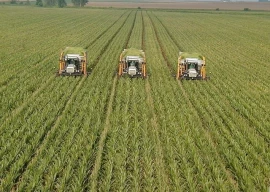

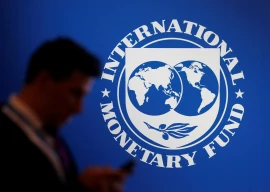
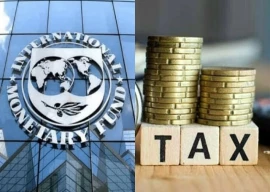




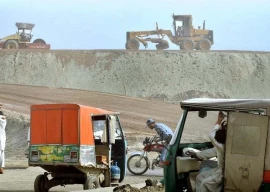






COMMENTS (9)
Comments are moderated and generally will be posted if they are on-topic and not abusive.
For more information, please see our Comments FAQ